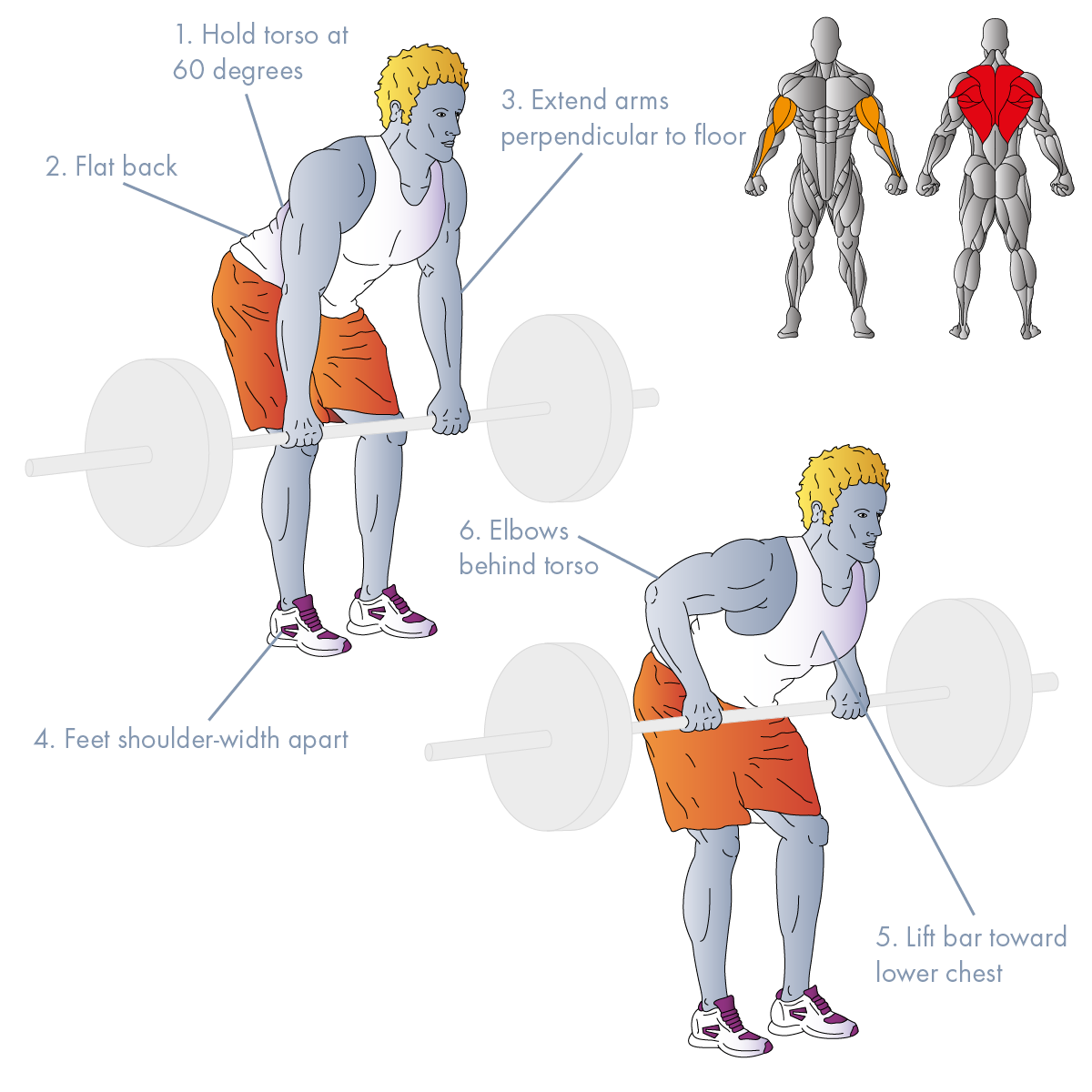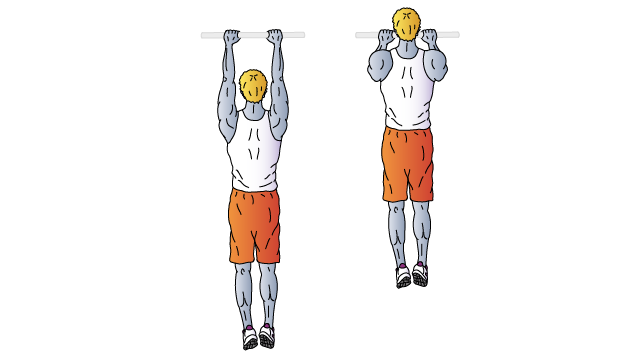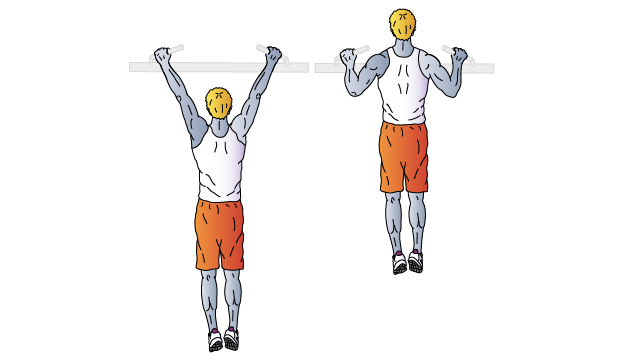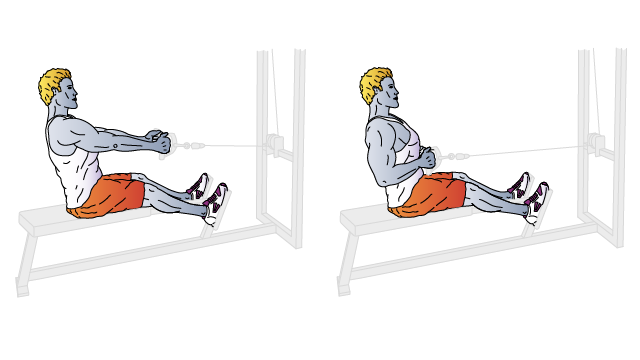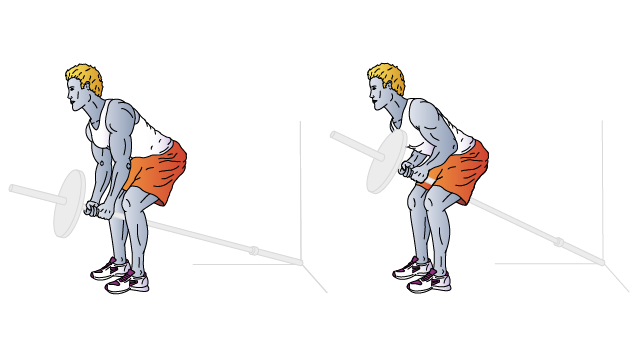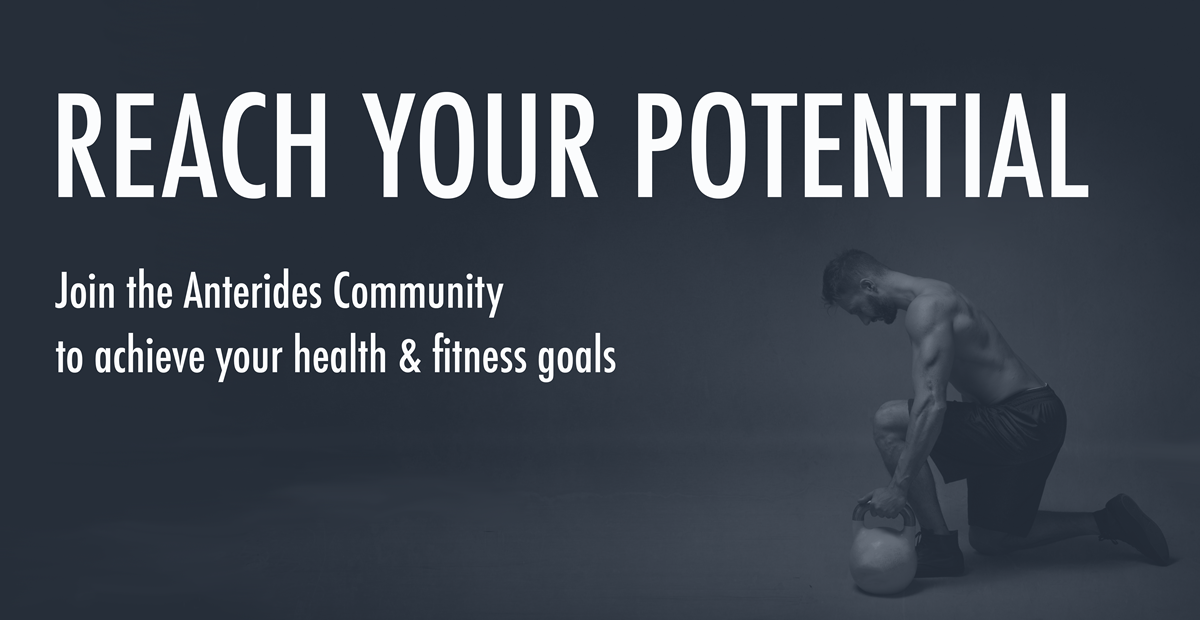BARBELL ROW

The Barbell Row is often overlooked since people are put off by the fact that a significant amount of lower back and abdominal control is required to maintain a solid posture. However, unless you suffer from back problems leaving this exercise out of your workout program limits your training potential. This exercise works the larger muscles of both the upper and lower back equally, which makes it an ideal overall back builder. It is considered a technically challenging exercise since a significant lumbar (lower back) load is involved; therefore, impeccable form is particularly important with this lift. When performed properly it is an effective complementary exercise that helps to increase your Squat, Bench Press, and Deadlift, but it is also a rewarding exercise in its own right that will furnish you with impressive gains both in terms of strength and muscle mass. This exercise should ideally be performed close to the start of your workout when you are fresher. If you do, however, suffer from back problems this exercise should be avoided; in which case a good alternative would be the Low Pulley Row.
Skill Level: Intermediate
Training: Strength
Type: Compound
Force: Pull
Equipment: Barbell
1° Muscles: Trapezius, Rhomboids, Latissimus Dorsi, Rotator Cuff Muscles (Teres Major, Teres Minor, Infraspinatus) Posterior Deltoids
2° Muscles: Biceps Brachii, Brachioradialis
SET-UP
- Load a bar with an appropriate weight.
- With your hands just wider than shoulder-width apart, flex your knees and hips and reach down to grab the bar using a pronated grip (palms facing down).
- Pushing through your legs, raise the bar off the ground to stand tall (neutral spine, chest up, chin up) with your feet shoulder-width apart, and your toes pointing out slightly.
- Bend your legs and flex your hips just enough to bring your torso forward so that it can be comfortably held at a 60-degree angle - your arms should be fully extended and perpendicular to the floor.
- Maintaining a flat back, tilt your head slightly up and stick your chest out.
- Engage your hamstrings and gluteal muscles for stability.
EXECUTION
- Keeping your head slightly up, inhale as you squeeze your Latissimus Dorsi and then lift the bar to your lower chest by pulling your elbows toward the ceiling whilst keeping them close to your body – your torso will lift very slightly, and this is fine.
- Continue to raise the bar in a vertical line until your elbows are behind your torso.
- At the top of the lift squeeze your shoulder blades together before exhaling as you lower the bar back to the start position and releasing and stretching your Latissimus Dorsi.
- Pause.
- Repeat for the prescribed number of reps before returning the bar to the floor.
- Repeat for the prescribed number of sets.
- Be realistic about the weight used; if in doubt err on the side of caution and use less weight. Using heavier weights often results in engaging the biceps more than they should be, and also impedes your ability to keep your chest up.
- Individuals with shorter arms should use a narrower grip than those with longer arms.
- Ensure that your lower back stays neutral throughout (do not let it round) to minimize the risk of disc injury - never slouch. Engaging your abdominals, hamstrings and gluteal muscles will help to achieve this.
- Keep your wrists straight.
- If you hit your knees your hips are too low.
- Do not allow either your heels or toes to lift away from the floor, your feet should stay firmly on the floor throughout.
- Barbell Rows can be performed with your torso at various angles ranging from 45 degrees (Yates Row) to completely bent over at the waist 90 degrees – where the weight can be returned to the floor between each rep. The exact position used is somewhat down to personal taste depending on what feels most comfortable, especially with regard to the amount of stress placed on the lower back and also which area of your back you are focussing on training, but usually the greater the angle used, the more stress is placed on your lower back.
- Cable Bent Over Row
- Dumbbell Bent Over Row
- T-Bar Rows
- Machine Rows
- Inverted Rows
- Low Pulley Row

